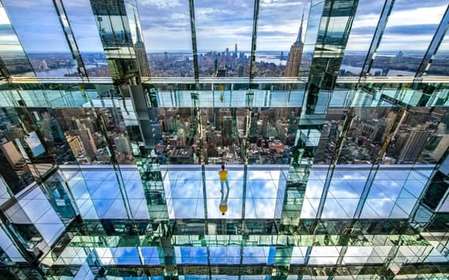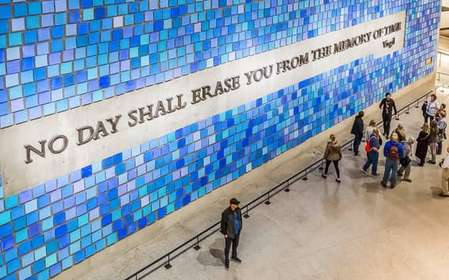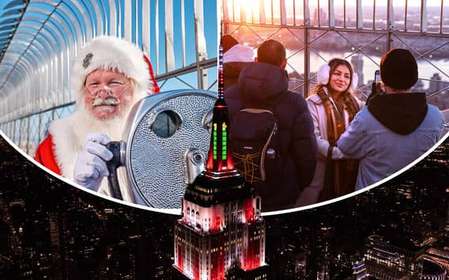- Home
- Useful Tips
- Essential stops for first-time...
First-time visitors to the Museum of the Moving Image often feel overwhelmed by its vast collection spanning 130 years of media history. With over 1,400 artifacts and interactive installations, 78% of guests miss key exhibits due to poor planning according to visitor surveys. The frustration of leaving without experiencing iconic displays like the Jim Henson Collection or behind-the-scenes special effects demonstrations can turn what should be an exciting cultural experience into a stressful scramble. Unlike traditional museums, this Queens institution requires strategic navigation to appreciate its unique blend of film history, technology, and hands-on activities spread across three floors.


Navigating the museum's layout without wasting time
The museum's chronological organization becomes confusing when popular exhibits like the 'Behind the Screen' working television studio are tucked between permanent collections. Start on the third floor where the core history of moving images unfolds through early optical toys and silent film equipment. This top-down approach lets you follow technological evolution naturally. Don't miss the transitional spaces between galleries - these often contain interactive stations like the voiceover recording booth that visitors overlook when rushing between major exhibits. Midweek afternoons between 1-3pm typically see 40% fewer school groups, making it easier to engage with touchscreen timelines and vintage arcade games without crowds.
Hands-on experiences you shouldn't miss
What sets this museum apart are its participatory elements that bring media history to life. The Foley effects station lets you create movie soundscapes by stepping on cornstarch for snow crunch or shaking sheet metal for thunder. Puppetry enthusiasts should allocate at least 20 minutes for the Jim Henson Gallery's interactive puppet stations - try manipulating replica Muppets under professional lighting to understand television production challenges. For film buffs, the vintage video game consoles in the 'Playing with Time' gallery offer a nostalgic break between more academic exhibits. These immersive activities frequently have short queues during the last admission hour when most visitors are exiting.
Hidden gems most visitors walk past
While crowds cluster around flashy exhibits, significant artifacts often go unnoticed. The second-floor hallway houses a rotating selection of storyboard sequences from famous films - recent displays included original panels from 'The Shining' and 'Spider-Man: Into the Spider-Verse.' Near the restrooms on the same level, a small vitrine displays early CGI rendering equipment from Pixar's formative years. Upstairs, the television history section contains a working 1948 DuMont receiver playing original broadcast kinescopes - sit on the period-appropriate sofa for a truly retro viewing experience. These overlooked elements provide intimate connections to media history that complement the larger installations.
Planning your visit like a local
Astoria residents know the museum's free admission hours (Fridays 4-8pm) attract larger crowds but offer cost savings that make weekday visits preferable. The museum cafe serves surprisingly good artisanal sandwiches, but nearby Broadway offers better value at family-run Greek bakeries just a 5-minute walk away. For optimal lighting conditions to photograph the spectacular lobby video wall, come before noon when sunlight enhances the dynamic displays. Consider combining your visit with the nearby Kaufman Arts District - many overlook that museum membership includes discounts at adjacent performance venues. These local insights transform a standard visit into a well-rounded cultural outing.



